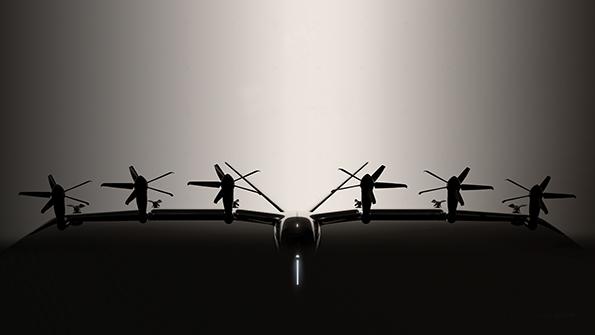
Credit: Archer Aviation
It took decades for the commercial aircraft industry to evolve into a duopoly. It may take a fraction of that time to determine the winners and losers in advanced air mobility. The industry continues to move at a pace not seen in aviation since the 1950s, fueled by a race for leadership in an...
Subscription Required
This content requires a subscription to one of the Aviation Week Intelligence Network (AWIN) bundles.
Schedule a demo today to find out how you can access this content and similar content related to your area of the global aviation industry.
Already an AWIN subscriber? Login
Did you know? Aviation Week has won top honors multiple times in the Jesse H. Neal National Business Journalism Awards, the business-to-business media equivalent of the Pulitzer Prizes.


